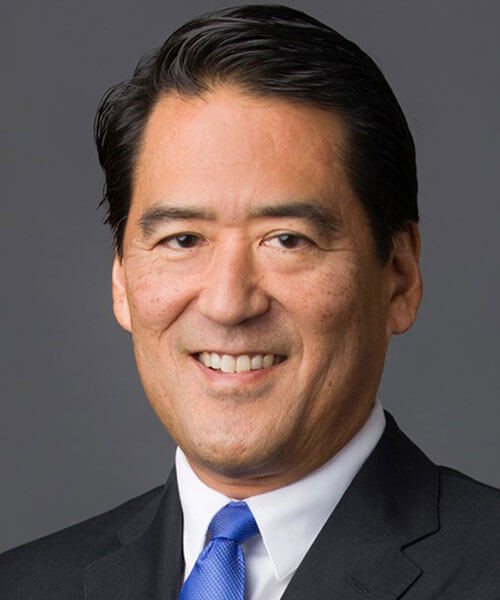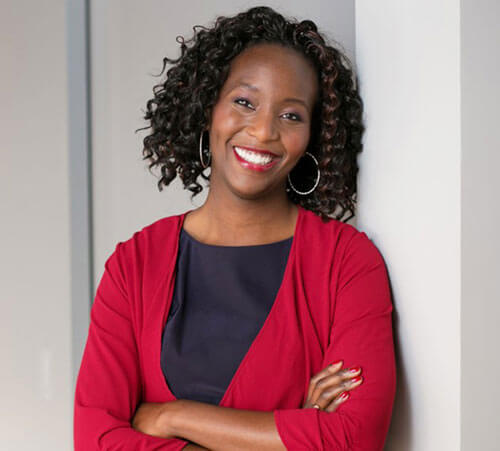Insights
Grow Your Business with Diversity and Inclusion
By

Having diverse workers leads to greater success—but how can you attract and retain them?
Diversity in the workplace can always be improved—and it should, if only because it makes business sense. Having a diverse workforce can improve not only profitability, but innovation, customer relationships and employee retention.
According to a report by McKinsey & Company, a company with diverse employees is more likely to be more profitable and successful than those with less diversity. Specifically, a company is 15 percent more likely to turn a profit above the national average if a company has gender diversity, and 35 percent more likely if a company has racial and ethnic diversity. “The reason for that is because of the diversity of thought and ideas that comes from the diversity of experiences that people have,” explains Stacey Gordon, chief human capital consultant at training and consulting organization Rework Work.
John Iino, chief diversity officer at law firm Reed Smith, states that putting an emphasis on greater diversity and inclusion has directly benefited them. “[Diversity] really lends itself to better relationships with clients because you have some common values,” he shares. As the world becomes more interconnected, issues of diversity rise to the forefront, and many companies are taking note. “We see so many of our clients supporting and embracing diversity,” Iino adds. “We’re able to make stronger connections with them—that’s obviously important as a business.”
Starting from the top
It’s easy for a company to say that it values diversity, but it has to be more than just lip service. Companies need to create a culture of inclusion if they want to retain diverse employees—and it needs to start from those at the top.
It boils down to clear communication and reinforcement of company values, particularly from those working at the highest levels, says Iino. “If you don’t have support from the top, it’s really hard to make significant progress,” he admits. “I try to consistently send out things that are going on, in terms of diversity. Our global managing partner sends out a report almost every month about what we do around diversity. There’s always something in there about someone’s accomplishments in diversity and inclusion—just seeing those from the top recognizing those folks really helps.”
Management also needs to speak regularly with their employees in order to be effective. “A once-a-year survey is kind of silly if you think that’s going to foster engagement,” says Gordon. “That’s like asking someone once a year, ‘How are you?’ Are you really going to get a good sense of that?” Instead, she suggests that, in addition to higher frequency of surveys, managers should talk directly with their employees and listen to them. “Leadership is making sure that you have adequately checked in on the very people you’re supposed to be leading,” she says. “There are a lot of people who sit quietly—they’re shy, or introverts—but they’ve got things to contribute.”
Inclusion means everyone
Iino admits that one of his biggest challenges is getting people to realize that diversity is not an exclusive term. “When we launched our invitations to [Reed Smith’s] Diversity Summit, a white female sent me an email back saying, ‘I don’t understand why I got this—this must have been sent to me in error,’” he shares. “I said, ‘No, we want you there. It’s important that you come.’ But some people think that because it has the word ‘diversity,’ it means that they’re not included or not invited.”

"If you don’t have support from the top, it’s really hard to make significant progress."
To combat this, Iino suggests leading by example. During the diversity session at one of Reed Smith’s partner retreats, Iino asked some of the firm’s well-respected but non-diverse partners to share their experiences on how diversity has helped them and the firm. “Getting traditionally non-diverse employees to see folks like them—hopefully, it’ll get people thinking that it’s not just a ‘diversity’ thing,” Iino says. “We want people to understand that our diversity is better for us as an organization and includes everyone.”
Retain to recruit
Recruiting and retaining a diverse workforce go hand-in-hand: if a company can’t retain diverse people, then it’s unlikely that it will be able to attract any.
“I look at recruiting as a 360-degree process,” says Gordon. “I call it that because if you’re not recruiting [your current employees], they’re getting ready to walk out the door. Even while they’re working for you, you should still be recruiting. What are you doing to make them stay?”
Having diverse employees also helps with the actual process of recruiting. At Reed Smith, when it comes to recruiting, Iino says that he had to rethink the process a bit. “We took a fresh look at who, what, where and how we recruit,” he explains. “The ‘where’ is thinking about the law schools that we go to and casting a wider net; the ‘how’ involves going through diversity and implicit bias training; the ‘who’ is thinking about who we send to recruit and also who’s making the decisions.”
"Leadership is making sure that you have adequately checked in on the very people you’re supposed to be leading."

Although the recruiting and hiring committees receive training on implicit bias, Iino is particularly careful when assembling them—he wants to make sure that these teams are diverse enough to limit the effects of implicit bias as much as possible. “I compared the composition of those hiring committees and the offices that were successful in bringing diverse classes of attorneys to those that weren’t,” Iino shares. “It wasn’t surprising, but it confirmed my suspicions that the offices that were having some problems bringing in diverse numbers had hiring committees that were not so diverse. We want to rethink and reconstitute some of those committees.”
Diversity has to be a conscious effort
Implicit bias—also known as unconscious bias—is called that for a reason: it’s something that’s been so ingrained into our minds through centuries of systemic inequality that we don’t even realize we’re doing it. It requires thoughtfulness and purposeful effort, such as implementing diversity training programs or just taking a moment to think about why they consider one candidate more suitable than another.
Reed Smith has pledged to follow the “Mansfield rule,” which requires 30 percent of its leadership candidates to be women and/or minorities, and is part of the firm’s efforts to reach its diversity goals. “It’s only been about a month since we’ve tried to implement it, but I’ve already seen the effect, since we’re kicking off our partnership promotion process,” says Iino. “As we move forward, complying with the rule will inevitably lead to a broader talent pool.”
Regulations like the Mansfield rule force people to confront their own biases and, hopefully, take steps to remedy them. “What happens is, nine times out of 10, [diverse candidates] are not even considered for promotions,” says Gordon. “What I’m saying is, they [the people hiring and promoting] need to pause and have real conversations around ‘who else?’ They need to think about what have [these people] contributed? Have they discussed these other people? Has this person’s trajectory and responsibility increased, but their pay hasn’t? These are the kinds of things that a lot of companies aren’t looking at and aren’t taking into account.”

